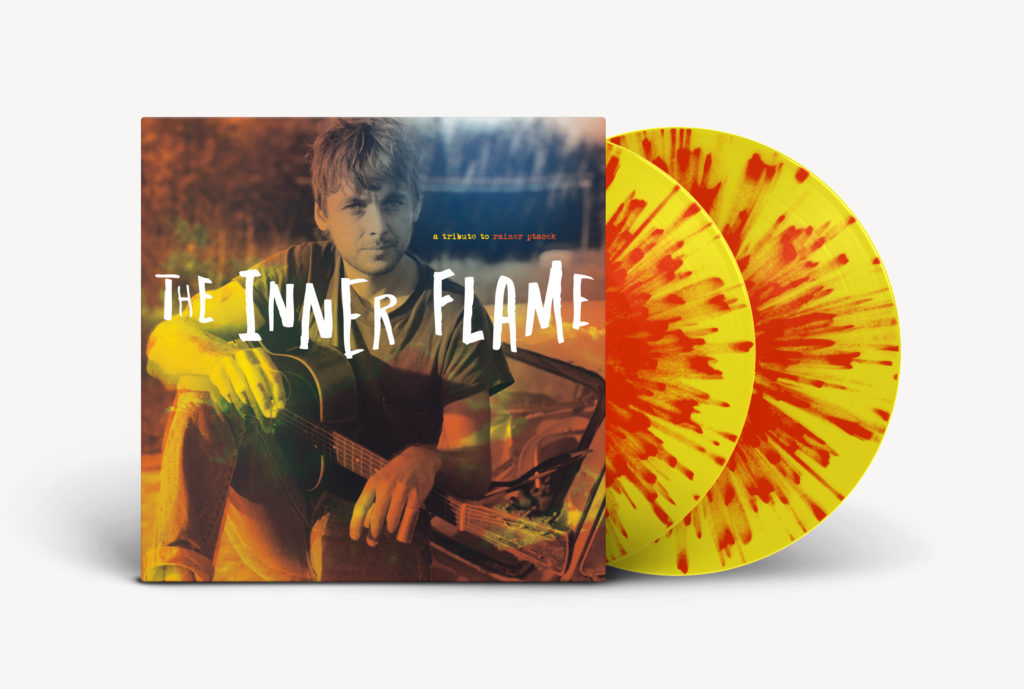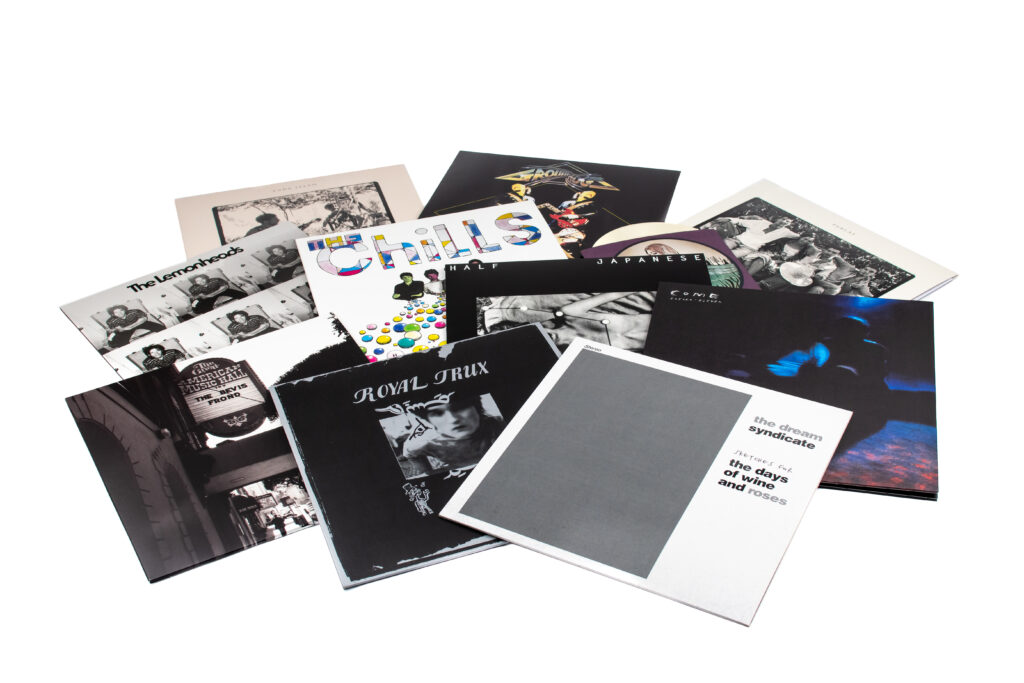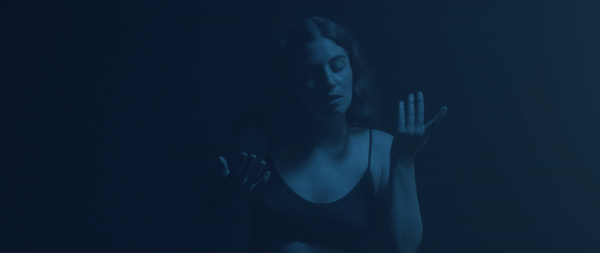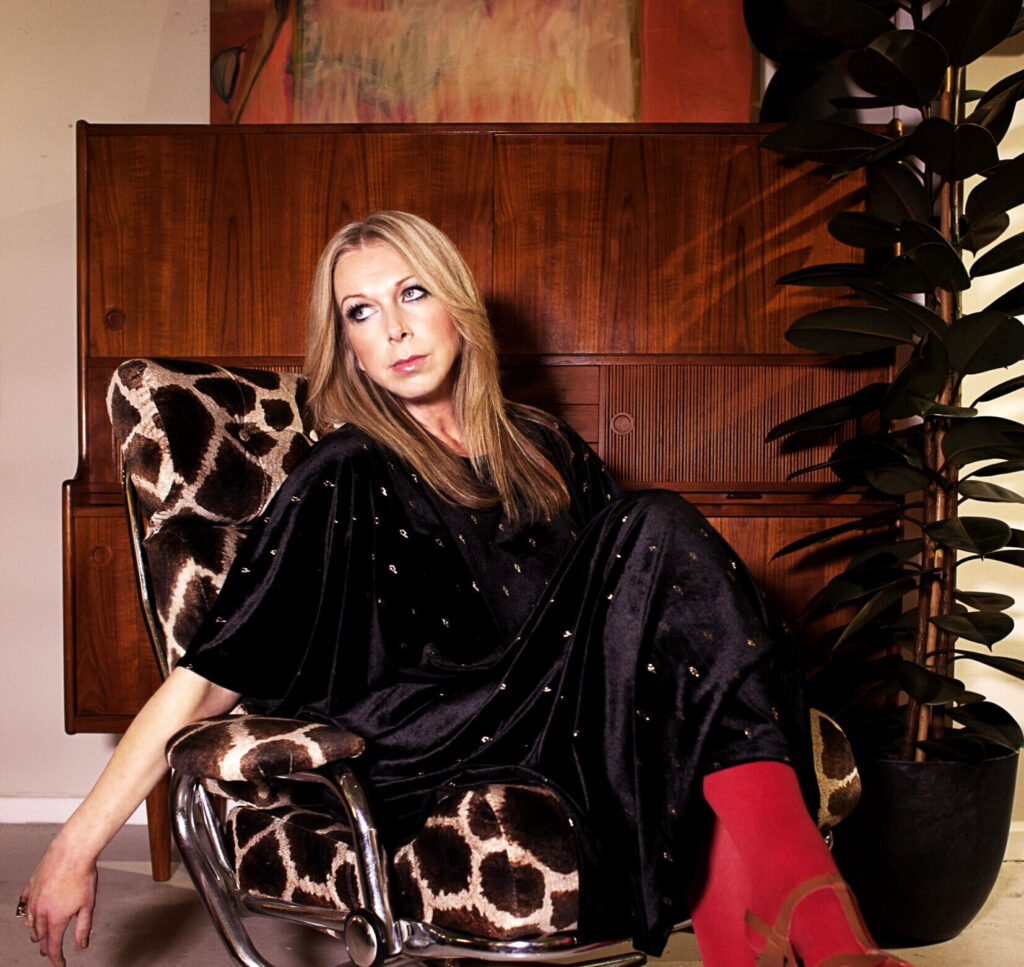I’ve been in the desert around Tucson, and later Phoenix, Arizona, it’s hot and uncompromising at times… but beautiful. There seems to be a never-ending highway spiralling somewhere and dust clouds stirred up by who knows what, occasionally this strange serenity will be punctured by a super-long train clacking by – a procession that seems to be the length and breadth of the whole state.
In such a climate, any bar you come across is full of welcoming character and characters. It’s a relief to take a cold beer while one of the regulars, on hearing your English accent, asks: “Do you know Elton John?”
Invariably, from somewhere out back there’s a strange musical hybrid humming through the ventilator shaft. It’s the sound of a disgruntled bar room boogie mixing into an alternative country groove with more than a hint of old school vaudeville and some heady licks infiltrating the whole shebang. Music without a name from a place you can’t quite see. Lost and often lonely.
Outside, it sounds like there’s a twister of phased guitar sludgily invading the atmosphere. It’s Jimmy Page and Robert Plant erupting from the stereo of a beat up pick up that’s just arrived. It’s their contribution to ‘The Inner Flame’, an album put together by Giant Sand’s Howe Gelb to help cover some of the hospital bills when his original Sand compadre Rainer Ptacek fell gravely ill in 1996.
Sadly Rainer succumbed a year later but his music lives on. ‘The Inner Flame’ had a roll call of real music lovers; fans, aficionados, friends and foils.
Within those 18 tracks there’s the groggy Lucinda Williams, the masterful Chuck Prophet, a wonderfully petulant PJ Harvey and Jonathan Richman trading guitar licks. There’s Madeleine Peyroux’s take on ‘Life Is Fine’ with Rainer’s modal rolls sounding like someone teetering on the edge of an eloquent rejoinder on the subject.
On ’21 Years’ Rainer allows Robert Plant to sound like the devil-bought-his-soul at the crossroads, a bluesman searching for forgiveness as he spars on riffs from a rattling steel. By contrast the late great Vic Chesnutt with wife Tina sound like they’ve rented a room at the adjacent motel and shucking it up on ‘Where That’s At’.
The album resonates with an eclectic array of performers who were touched, inspired and in many cases recast in a new light courtesy of Rainer’s distinctive slide on dobro or National Steel.
The original album, which was later extended is re-issued later this year to commemorate the 20-year anniversary of Rainer’s sad passing following a brain tumour.
As Andrew Gilstrap put it on PopMatters; “The German-born, Texas-raised, Tucson-residing Ptacek was as responsible as anyone for the ramshackle, dust-swept sound that we associate with bands like Calexico and Giant Sand. Specializing in the Dobro and the National steel guitar and finding his own unique blend of folk and blues, Ptacek exhibited a rare feel as a guitarist and songwriter.”
“Highlights range from Emmylou Harris’ sepulchral rendition of ‘The Good Book’,” noted No Depression – the alt-country Bible, “with Rainer providing instrumental support, to a blistering finale of ‘Powder Keg’ that finds Buffalo Tom’s Bill Janovitz fronting Giant Sand. A breathy Evan Dando, backed by Rainer and Gelb, shows a lot more emotional depth on ‘Rudy With A Flashlight’ than he has generally revealed as a Lemonhead.”
Indeed, Dando’s ‘Rudy With A Flashlight’ is an interpretation that just stops you in your tracks, a bittersweet, aching take that feels like it just can’t catch its breath so keen is it to get the words out. It’s a guaranteed tearjerker as it evaluates lost youth.
It’s followed by a mystical raga from Victoria Williams, a slow, flowing mantra on ‘Something’s Gotta Be Done’ that creeps into your psyche like any good infectious virus, it’s an earworm that George Harrison would have loved.
How Gelb recalled ten years ago to The Phoenix New Times, “while he had brain cancer he wrote a song called ‘The Inner Flame,’ which is really amazing, because it came right after he had to teach himself how to play the guitar all over again. When he was diagnosed with brain cancer, it came with a seizure. He had to start the cure of radiation and chemo. It affected his brain in a way that he couldn’t remember how to play guitar. And he had to start all over again. I watched him — I witnessed him — not only getting to the point where he was at beforehand, prowess-wise, but he surpassed it.”
The Independent reported in 2007 on the albums new extended version, that these 18 tracks “deserved recognition for a unique artist and fine human being,” to which Howe Gelb concluded: “There was always something so positive about his presence. Like in his final interview, someone asked why we are here, and he said: ‘To love away the pain’.”
Dave Henderson May, 2017




